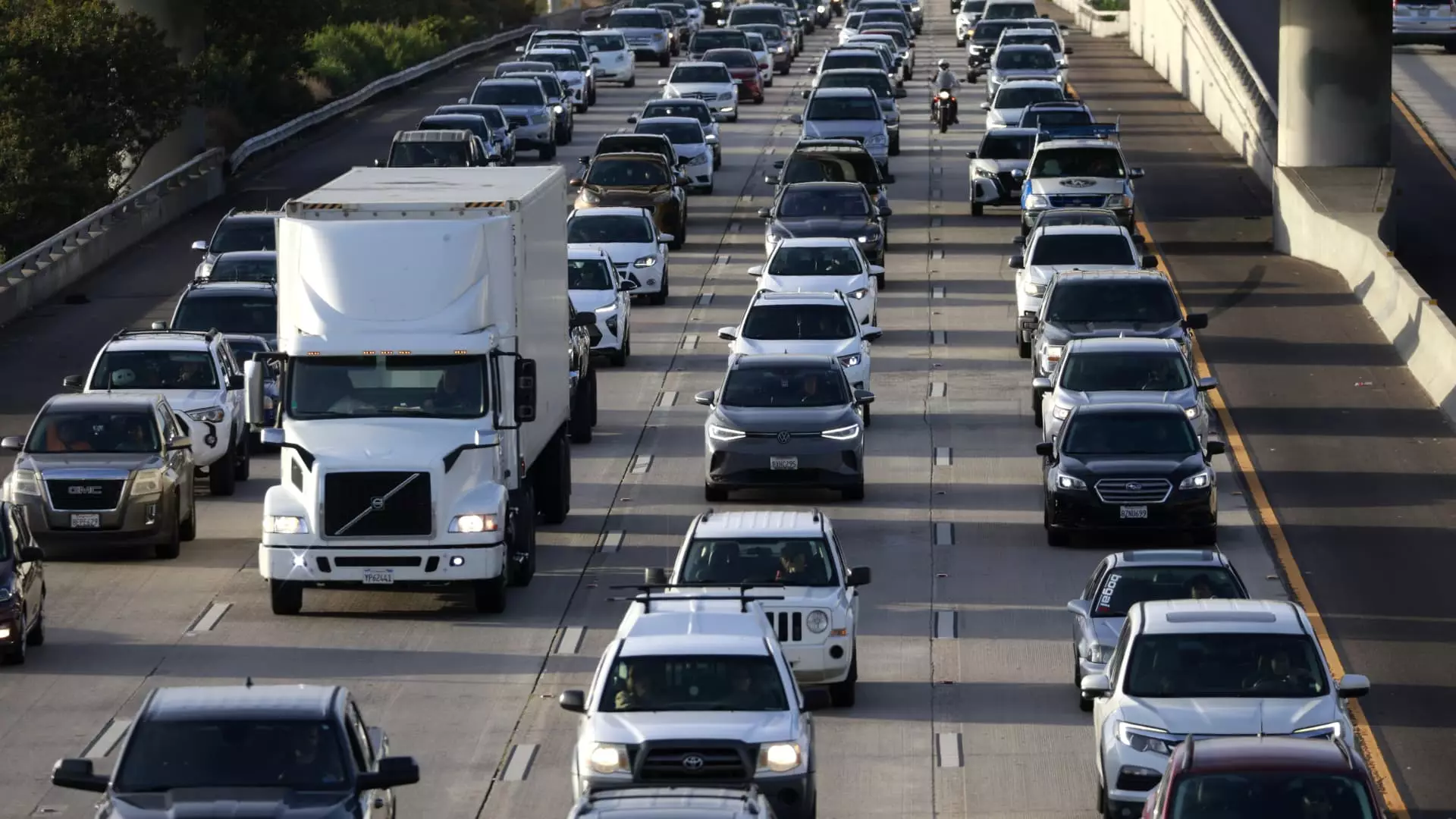With the renewed interest in the nine-to-five aesthetic, also known as “corpcore,” it seems that young professionals are embracing a more professional look in the workplace. This trend involves tailored suits, blazers, and pencil skirts, showcasing a corporate take on quiet luxury. However, despite the shift towards a more formal dress code, new research indicates that the standard 40-hour workweek is becoming a thing of the past, especially when it comes to commuting.
Recent data from the 2023 Global Traffic Scorecard released by INRIX Inc. reveals a significant shift in commuting patterns. The traditional American 9-to-5 work schedule has evolved into a 10-to-4 timeframe, with more commuters opting for flexible working arrangements. The analysis shows a decrease in early morning trips and a rise in midday trips compared to pre-pandemic traffic patterns. This has led to the emergence of a “midday rush hour,” with almost as many trips to and from the office being made at noon as there are at 5 p.m.
As commuters embrace flexible work schedules, there has been a noticeable decline in public transportation ridership. This has resulted in a surge in traffic congestion during peak midday and evening hours. Bob Pishue, a transportation analyst, notes that the absence of a morning rush hour and a larger evening peak has eliminated the traditional peak-valley-peak traffic pattern. This shift in commuting behaviors has become the new normal, reflecting a broader trend towards flexibility and remote work.
Employees have grown accustomed to the flexibility of working from home and have adopted a new practice known as “coffee badging.” This entails employees coming into the office for a few hours a day, often leaving early or arriving late. This behavior has become widely accepted, with more than half of hybrid employees admitting to checking in and out of the office promptly. However, despite its prevalence, experts caution that this approach may not be the most effective compromise, as employees are still required to commute without fully engaging in office hours.
Employee Burnout and Workplace Engagement
The shift towards remote work and flexibility has also impacted workplace engagement and employee commitment. After years of steady growth, workplace engagement has stagnated, with only one-third of full- and part-time employees reporting high levels of engagement. This decline in engagement has led to the rise of “quiet quitting,” where employees disengage from their work and workplace without actively seeking new opportunities. This trend has significant implications for productivity and employee well-being.
In today’s workforce, employees prioritize work-life balance, flexible hours, and mental health support over traditional career progression. Surveys indicate that most employees are not willing to spend additional time at the office, with the majority expressing a preference for remote work options. If the ability to work from home were to be revoked, a significant percentage of workers would consider seeking alternative employment opportunities that offer greater flexibility. Experts emphasize the need for organizations to reassess their approach to work and productivity in light of these shifting priorities.

